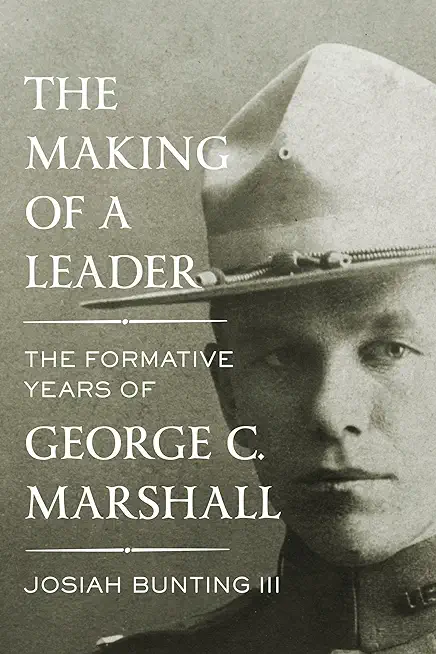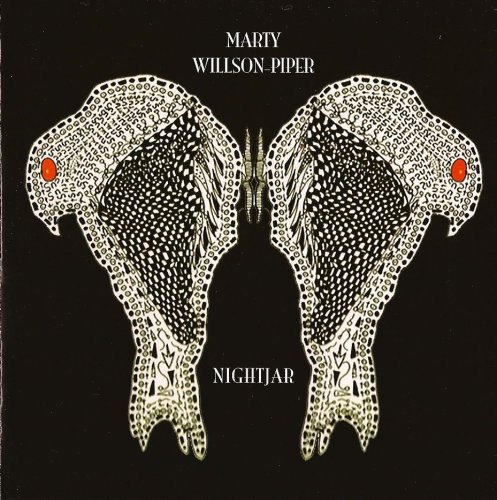
Bunting, Josiah
product information
description
leaders of modern history, George Catlett Marshall (1880-1959), and a distillation of the essential lessons his formative years offer to the leaders of today and tomorrow George Marshall's accomplishments are well known: after helping to guide the Allies to victory during World War II, he set Europe on the postwar path to recovery with the plan that bears his name and was awarded the Nobel Peace Prize in 1953. But how did he become such an effective leader? By eschewing the years and accomplishments for which Marshall is most often remembered and focusing instead on the decisive moments that preceded them, The Making of a Leader provides the most detailed look yet at the mettle of Marshall's character, from his arrival as a cadet at the Virginia Military Institute and his Fort Leavenworth days--where he "learned how to learn"--to his instructive time as John J. Pershing's aide-de-camp and his critical experiences during World War I. Josiah Bunting III, a lifelong educator and former superintendent of Marshall's alma mater, highlights the importance of Marshall's activity between the wars, when he led "the single most influential period of military education" at Fort Benning, eventually culminating in his appointment as Army Chief of Staff in 1939. In this illuminating portrait, Bunting cuts through the legend of Marshall to the man--his frustrations, passions, loves, and brilliance--revealing a humble commander who knew not only how to lead but how to see the leader in others.
member goods
No member items were found under this heading.
Return Policy
All sales are final
Shipping
No special shipping considerations available.
Shipping fees determined at checkout.







